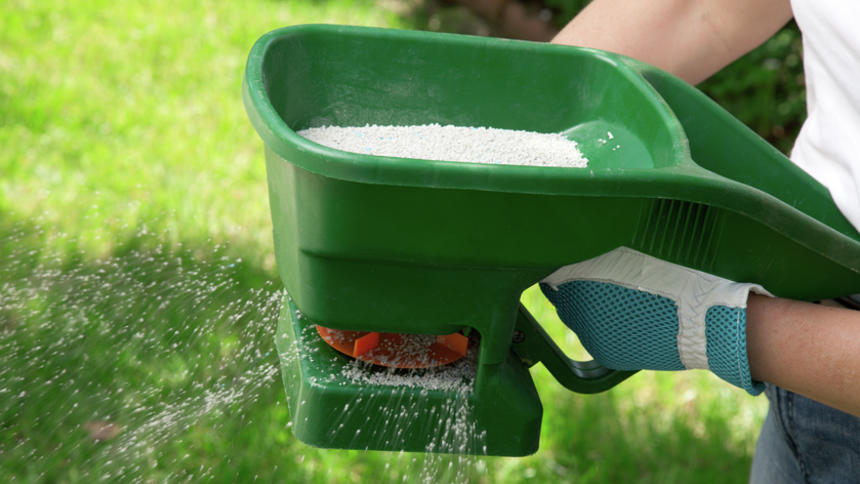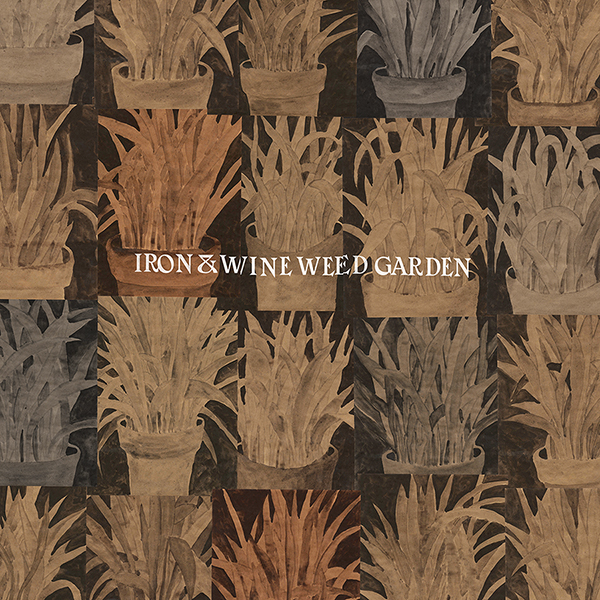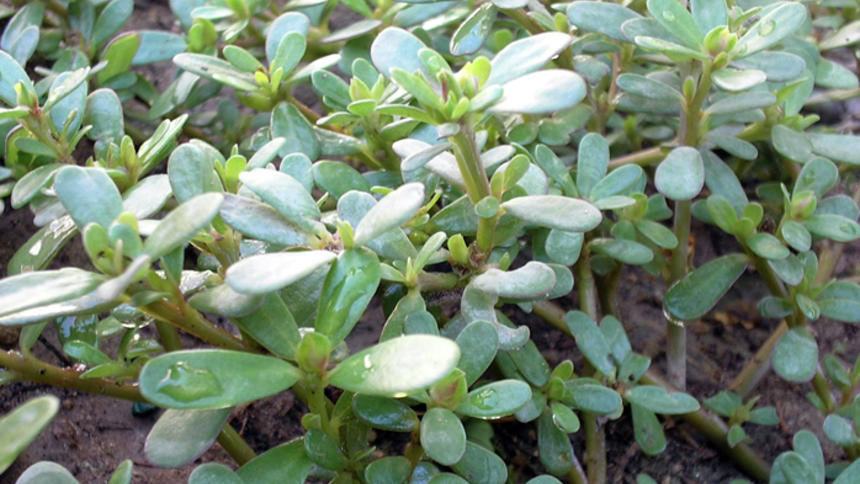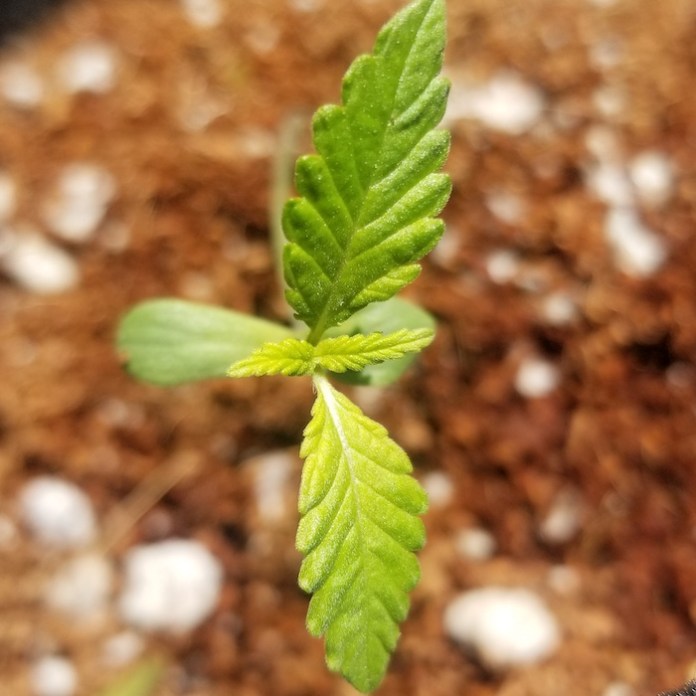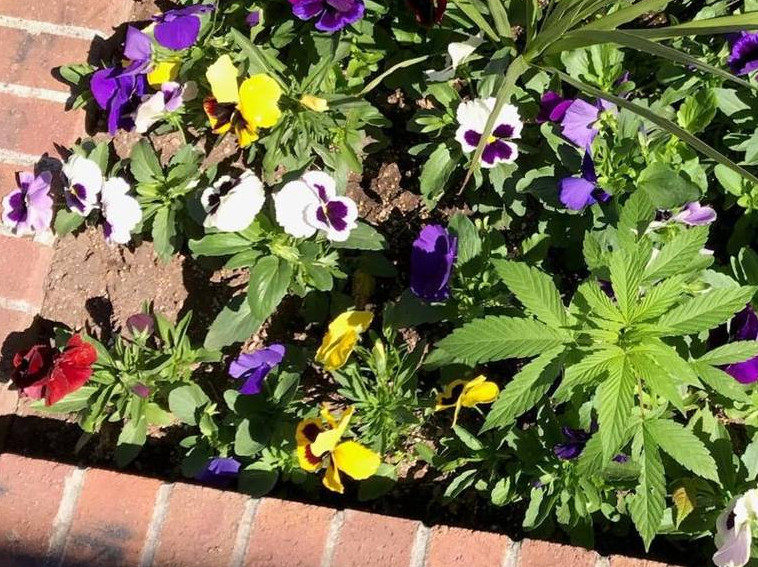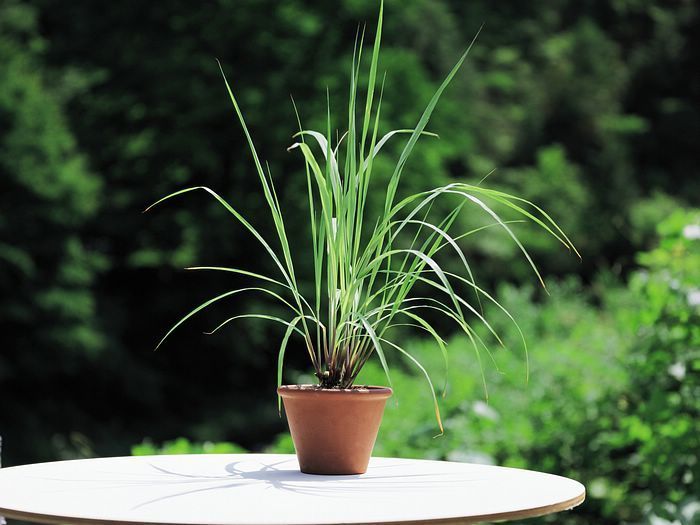Q: Does it matter if I use liquid or granular lawn fertilizer? What about combination weed-and-feeds if I decide to use chemicals to combat my creeping Charlie?
A: Liquid lawn fertilizers, whether separate or in weed-and-feeds, are very weak once applied. One bottle I looked at recently said that it provides only 6 to 10 percent of the amount normally recommended for a fertilizer application (which is usually 1 pound of nitrogen per 1,000 square feet) and that it would “supplement your regular feeding.”
The numbers on liquid bottles, such as 20-0-0, are similar to that on granular bags, but the numbers tell the percentage of that nutrient (nitrogen, phosphorous and potash respectively) by weight in the bottle or bag. So, while both a bottle and a bag may be 20 percent nitrogen, a 2-pound bottle will give you one-tenth of the nitrogen of a 20-pound bag. The number of square feet it says it covers doesn’t make a difference; it is what is inside the container.
Separate applications of weed killers and fertilizers are recommended, rather than weed-and-feeds, for several reasons. First, optimal weed treatment and fertilizing don’t always happen at the same time (though they do this time of year if you are dealing with perennial weeds like creeping Charlie). Second, combinations don’t always have the right chemicals for your situation. Most I have seen contain 2,4-D, which works against some weeds, but is not effective against others, such as creeping Charlie. Finally, fertilizer should be watered in or it will burn the grass, while weed treatment needs to sit on the leaf for it to work.
Liquid weed-and-feed seems like it would be a great idea, but again there is very little “feed” in it. If you really want your efforts to pay off, you are better off buying granular fertilizer and a liquid weed killer.
Credit: duluthnewstribune.com

